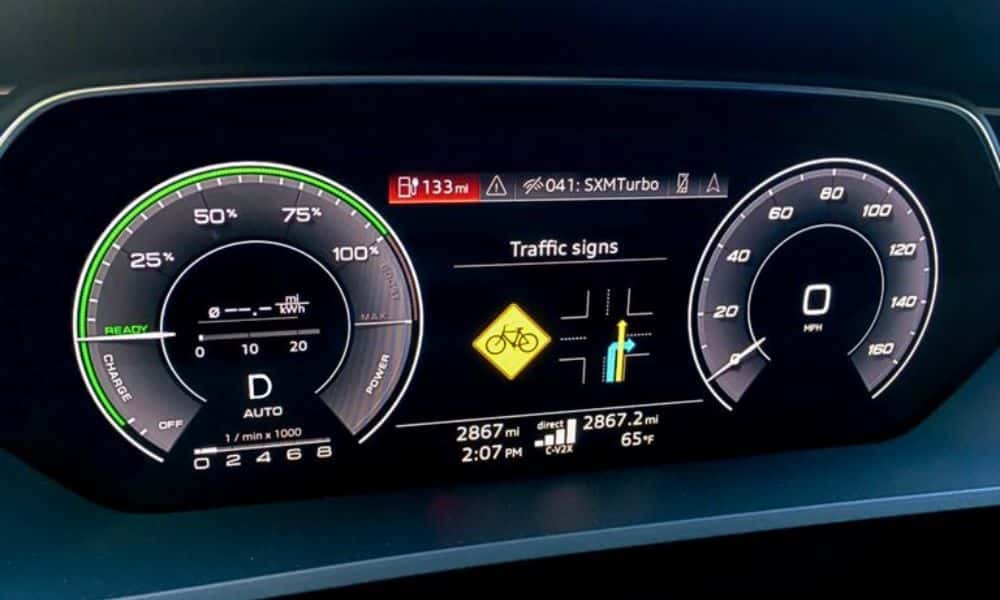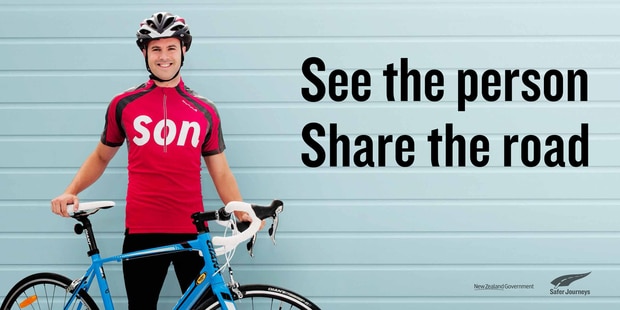Australian roads are becoming safer, but our roads are still dangerous for one group of road users in particular – cyclists.
While the Australian road toll fell by 13% between 2016 and 2021, cyclist deaths increased by 37%. In 2021, 40 were cyclists killed on Australian roads (up from 29 in 2016).
It’s a worrying pattern that is also occurring in other parts of the world. In the United States, cyclist deaths have increased by 50% since 2010, with adult deaths quadrupling since 1975. In the United Kingdom, cycling deaths surged by a staggering 40% in 2020. Worldwide, over 40,000 cyclists are killed in road traffic incidents each year, representing 3% of all road traffic deaths.
With cycling participation numbers on the rise during the pandemic and ever-increasing fuel prices making cycling even more attractive, there’s more cyclists than ever on the road. But this means more cyclists are at potential risk of serious injury or death.
Fortunately, places all over the world are investing to protect cyclists. Improvements in infrastructure, emerging technologies, and a shifting attitude towards cyclists is helping to keep riders safe whilst still delivering on positive environmental, economic, and social benefits.
Putting Bikes at the Forefront of Urban Design
Our urban centres in Australia have largely been designed around motor vehicles. Bike-friendly infrastructure (such as road markings or bike lanes) is commonly shoehorned into existing road networks, often with limited protection to cyclists. When bikes share the road with heavy traffic, it puts cyclists at risk.
Fortunately, some urban planners are focussed on designing cities with the goal of protecting vulnerable road users. For example, Paris is planning to become ‘100% cyclable’ by 2026. The city centre in Ljubljana, Slovenia, has been car-free for over a decade. Helsinki has over 1,200km of bikeway, including the Baana corridor, a disused railway converted into a cycling and pedestrian thoroughfare (seen below).
Four Approaches for Safe Cycling Infrastructure
The WRI Ross Center for Sustainable Cities, a global think tank, has identified four approaches that cities around the world can take to implement safe cycling infrastructure.
Firstly, they recommend embedding car-free zones, where cyclists can share streets with pedestrians and other non-motorised road users. Many cities around the world are already doing this, with Berlin intending to create a car-free area larger than Manhattan in the city centre, and Barcelona designating 400 x 400m ‘super blocks’ which are closed to most vehicles. Similar proposals have been put forward in Melbourne.
Secondly, low traffic roads can be turned into ‘bicycle boulevards’, where cyclists are given priority. For example, signs, pavement markers, and other measures can help give cyclists priority, creating safer cycling pathways. Bicycle boulevards have been adopted in some Australian cities in recent years, such as Perth and Adelaide.
Thirdly, on streets with higher speeds and with higher traffic volumes, clearly marked dedicated lanes should be adopted to separate cars and cyclists on the road. Painted lines simply aren’t enough – this approach requires dedicated devices such as reflective cones, freestanding barriers, and bollards to improve safety.
Lastly, on roads with speed limits greater than 50km/h, bike lanes should be separated from roads with heavy duty separators, such as curbs, bumpers, bollards, or barriers. Importantly, the barriers themselves shouldn't pose a risk to cyclists. Adjoining infrastructure should be designed around this too, with ‘floating’ bus stops where bike lanes are tucked behind bus stops.
Adopting these urban planning approaches can help better integrate cycling into cities, and provide a safer environment for cyclists on the road.
Emerging Smart Technology Can Reduce Accident Risk
Innovation in cycling technology is helping to progress rider safety on the road. The following are a few examples of emerging technologies that are improving riding safety:
Radar Technology
Radar technology, originally used to detect ships and aircraft, is now being deployed on devices such as Garmin’s Varia RTL515 to alert riders of approaching vehicles.
C-V2E
Emerging Cellular Vehicle-to-Everything (C-V2E) technology promises to go one step further, facilitating two-way bike to car communication that can alert both motorists and riders of each other. Audi has partnered with Spoke Safety, Qualcomm, and Commsignia to develop a bike-mounted C-V2E system that sends cellular signals to cars to advise motorists of a cyclist’s position and likely direction, allowing them to take avoidant action (seen below).

Smart Helmets
Standard helmets, mandated in all Australian states and territories, are a critical line of defence that can reduce head injuries by 50% and fatal head injuries by 65%. However, devices like the Hövding, a collar mounted airbag which inflates in 0.1 seconds to protect the user in the event of an accident, has been shown to be the safest head protection device ever developed. Despite this, these devices do not meet Australia’s helmet safety standards and cannot legally be used, highlighting the need for legislation to keep up with technical advancements.
The Light Insights Trial
The Victorian Government is currently undergoing the world’s largest smart bike trial. The Light insights Trial (LiT) has equipped 1,000 riders with a mobile app and AI sensors that monitor movements and surroundings 800 times each second. The results will provide ‘granular and anonymised insights’ which the Transport Accident Commission (TAC) hopes will address a lack of data about cycling risk.
Other smart technologies are following this trend, promising to deliver more insights and data to better identify risk as well. However, all these innovations have some limitations. Smart technologies can reduce the likelihood of an accident, but they can’t eliminate risk altogether.
Shifting Attitudes to Improve the Bike-Cyclist Relationship
Infrastructure and technology can make cycling safer, but there’s also an opportunity to shift attitudes towards cyclists.
There is concerning research showing negative perceptions can lead to increased danger. Asked to identify where various groups sit on a scale from cockroach to human, a Monash University study found that 55% of non-cyclists and 30% of cyclists rated bike-riders as ‘less than human’.
The research identified a link between these negative attitudes and deliberate acts of aggression towards cyclists. Of those who described cyclists as being less than human, 20% admitted they had used their car to deliberately block a cyclist, while 14% had driven close to a cyclist on purpose.
More recently, a worldwide Ipsos study found Australian views towards cyclists were significantly more negative than global averages. This study showed 70% of Australians feel that bikes present as much danger to pedestrians as cars or motorbikes.
Public education and awareness campaigns focusing on humanising cyclists and increasing participation rates could help shift these attitudes. This is because people who view cyclists as ‘more human’ or who ride themselves are more likely to view cyclists in a positive light.

Of course, it isn’t just motorist attitudes that can be improved. Cyclists themselves have a role in fostering better motorist-cyclist relationships. Research has highlighted a link between road rule violations by cyclists and increased likelihood of an accident. Promoting positive behaviour and improved compliance can help reduce the risk of accidents and lower motorist frustrations.
Building a Safer Future on Two Wheels
The rise in cyclist deaths on Australian roads is an alarming exception to the otherwise downward trend in the overall road death toll. With more of us getting on our bikes during the pandemic, it’s important now more than ever to keep cyclists safe on the road.
Purpose-built cycling infrastructure, emerging smart technologies, and campaigns to shift negative attitudes can all be deployed to help protect cyclists from accidents whilst also reaping the environmental, economic, and social benefits of cycling without unnecessary risk.
